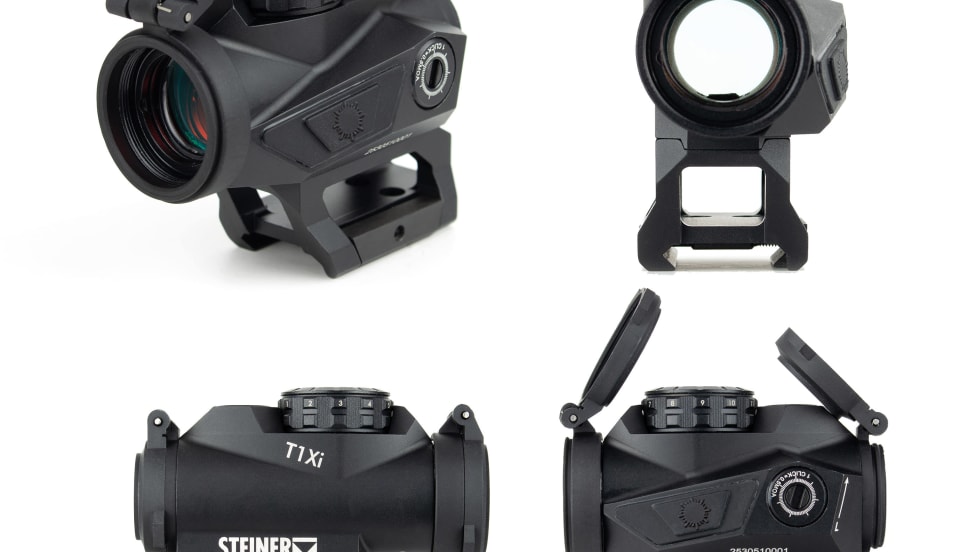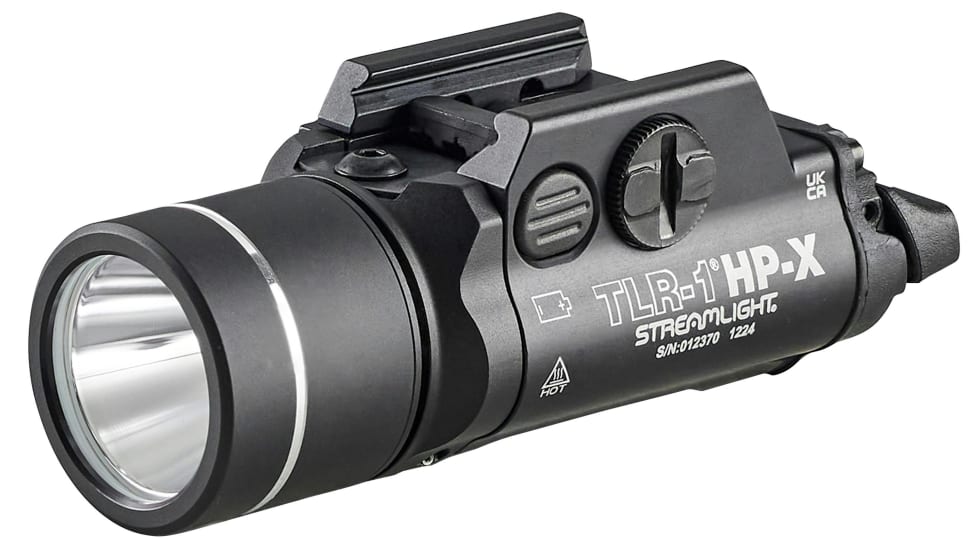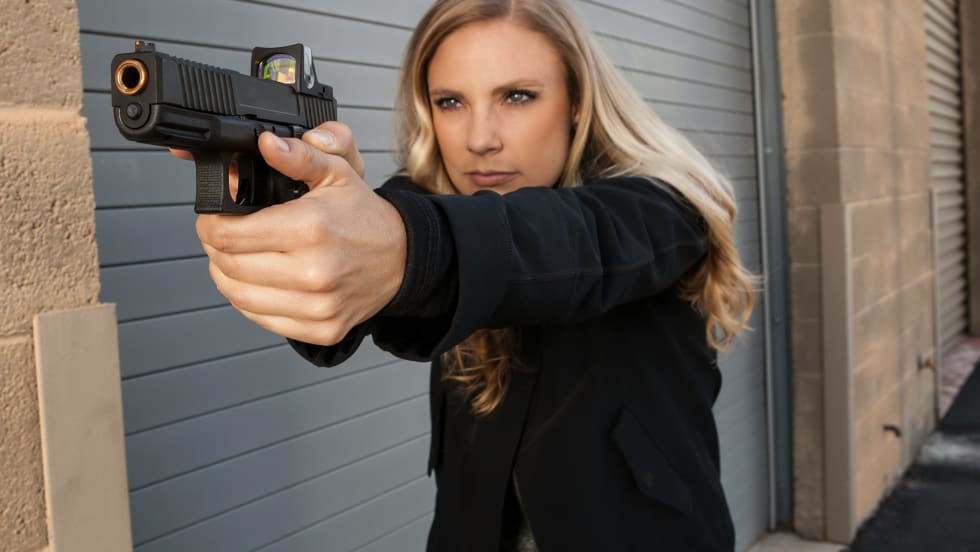The most recent reincarnation and reimagining of the derringer concept is the DoubleTap Tactical Pistol produced by DoubleTap Defense of St. Louis, Missouri. While similar in concept to earlier over/under derringer-type pistols in design, the DoubleTap's materials, construction, functioning, and options are as modern as tomorrow.
The DoubleTap Tactical Pistol features an all-metal frame and buyers have a choice of aluminum or titanium. If you choose the titanium, your gun will weigh two ounces more than an aluminum model.
To provide a firm purchase, the frame features square-cut checkering on the sides of the grip and sharp cut serrations on the front strap and the front of the trigger guard. In addition, the ergonomics of the grip cause the pistol to recoil straight back into the shooter's hand which, theoretically, reduces muzzle flip. More about that later.
Ambidextrous barrel release catches are positioned above and slightly behind the trigger, and a lanyard attachment point is located on the heel of the grip. A unique and practical feature on the DoubleTap is a trapdoor on the bottom of the hollow grip frame, which allows the shooter to carry two spare rounds of ammunition on a speed strip for convenient reloading.
The double-action-only (DAO) trigger has a stroke of approximately 5/8 of an inch. It is stage free, and according to my trigger pull scale, it takes approximately 12 pounds of pressure to trip the sear. Pulling the trigger rotates a two-sided ratchet in the frame, which pushes one hammer at a time back and then releases it to fire the barrel. Pulling the trigger again fires the next barrel. If you have a misfire you must fire the second barrel before you can "second strike" the cartridge in the first barrel.










